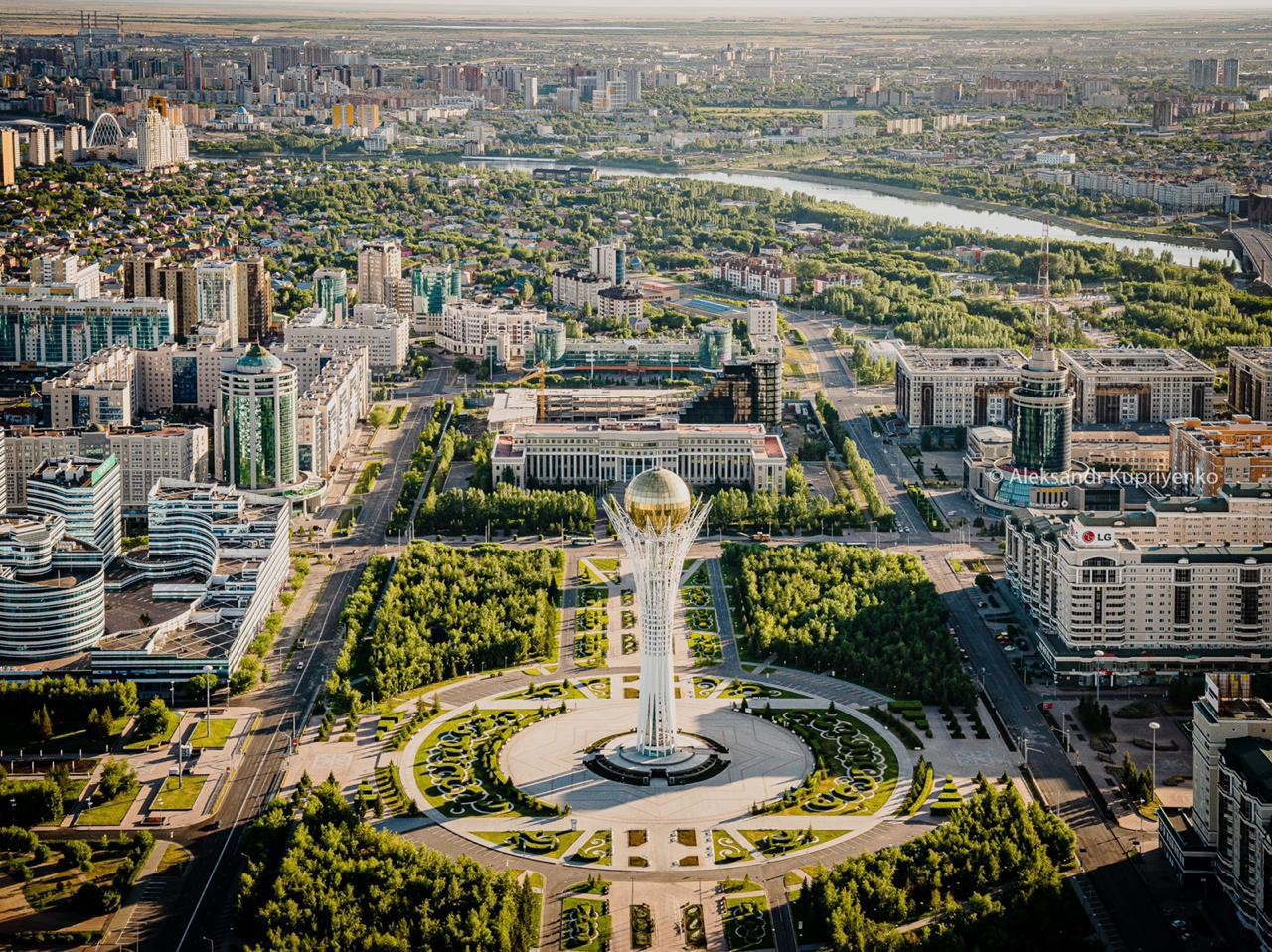NUR-SULTAN – The Asian Development Bank (ADB) substantially revised its economic growth outlook for Central Asia to 4.7 percent this year from the previous 4.1 percent driven by higher commodity prices and increased public spending, according to the latest supplement to the Asian Development Outlook (ADO) 2021. Kazakhstan’s economy is projected to grow from 3.4 percent up to 3.7 percent in 2021 and from 3.7 percent up to 3.9 percent in 2022.

In 2019, Kazakhstan and ADB celebrated the 25 years of partnership.
In Kazakhstan, Central Asia’s largest economy, economic growth reached 3.4 percent in January–September 2021. Average inflation was 7.9 percent in the first 10 months of 2021, with food prices increasing by 10.8 percent.
“Manufacturing recorded growth at 5.7 percent with state support, while mining declined by 0.8 percent as oil output decreased by 3.4 percent and gas output by 5.6 percent. Services expanded by 2.9 percent on the gradual removal of pandemic restrictions. Construction growth remained strong at 9.7 percent as legislative changes introduced on Jan. 1, 2021, permitted citizens to use some pension funds to finance housing, and as large public infrastructure development programs continued to benefit the industry. Despite livestock and crop losses to severe drought, agriculture grew by 1.4 percent,” said ABD experts in their report.
Kazakhstan is a major oil producer and the report forecast the oil production to grow further, underpinned by higher oil prices and the recent decision of oil exporters led by the Organization of the Petroleum Exporting Countries (OPEC+) to raise oil output by 400,000 barrels per day from December 2021.
The inflation rate also rose in the region, with forecasts raised from 7.7 percent to 8.6 percent in 2021 and from 6.7 percent to 7.3 percent in 2022.
The ADB also revised its economic growth outlook for developing Asia down slightly to 7 percent this year and 5.3 percent next year.
“Developing Asia’s steady progress in dealing with COVID-19, through continued vaccination drives and more strategic application of containment measures, helped boost growth prospects in the early part of the year,” said ADB Acting Chief Economist Joseph Zveglich, Jr. “However, new outbreaks in the third quarter muted gross domestic product growth, and the advent of the Omicron virus variant is causing renewed uncertainty. Recovery efforts will have to take these developments into consideration.”
The emergence of the new variant that caused a surge in cases is the main risk to the projected growth, said ADB experts. The average number of daily cases rose globally to almost 573,000 on Nov. 30 from 404,000 on Oct. 15. The vaccination rate in developing Asia reached 48.7 percent.
“Rates of fully vaccinated people also vary widely within the region, from as high as 91.9 percent of the total population in Singapore to as low as 2.2 percent in Papua New Guinea,” said the ADB.
The full report is available here.

